Fort Revere Park, Hull, MA
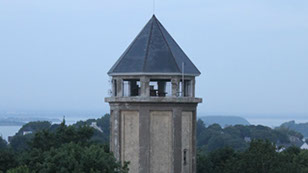
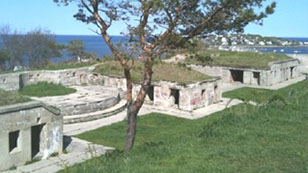
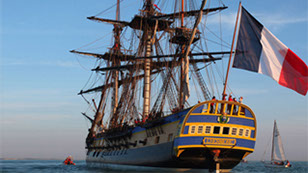
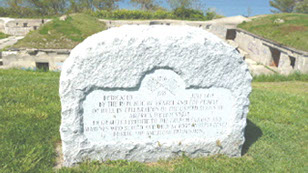
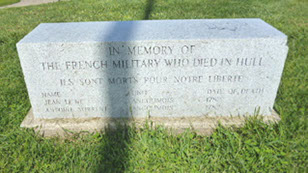
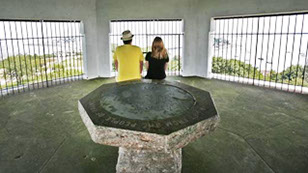
Fort Revere is an 8-acre (3.2 ha) historic site situated on a small peninsula located in Hull, Massachusetts. It is situated on Telegraph Hill in Hull Village and houses the remains of two seacoast fortifications, a water tower with an observation deck, a military history museum and picnic facilities. It is operated as Fort Revere Park by the Metropolitan Park System of Greater Boston.
Fort Revere was called Fort Independence and later named in honor of Paul Revere. It was used to protect Boston Harbor dating from the American Revolution through World War II. Following the decommissioning of the fort in 1947, efforts begun during the United States Bicentennial celebration in 1976 resulted in the fort's restoration and the installation of amphitheaters within the walls of the fortification.
The French Connection
Fort Independence on Telegraph Hill presumably is the grave site of nearly 200 French soldiers who died here while fighting for America in the Revolutionary War.
In 1778, while the Revolutionary War raged across the colonies, those 200 French soldiers, who had been captured in Nova Scotia by the British while fighting for the Americans, were exchanged for English prisoners and shipped south to Fort Independence in Hull, a solid bastion manned by French marines whose job was to keep the British fleet out of Boston Harbor. The soldiers died from smallpox and the French marines of Fort Independence buried them on a gentle slope beneath the hill where the fort stood. There were no markers erected, and no one has yet been able to find the exact location. In 1976 a team of archaeologists from Bridgewater State College tried unsuccessfully to locate the remains of the soldiers.
Fort Independence stood on what is now called Telegraph Hill and which was completed in 1777 under the direction of the French Admiral Charles-Hector, count d’Estaing, whose direct descendant is former French President Valéry Giscard d'Estaing. On July 14, 1976 representative's of French President d'Estaing presented three memorials to the Town of Hull, the state of Massachusetts and the people of the United States, which stands on Telegraph Hill to commemorate French/American cooperation in the Revolutionary War.
In 1976, the French government also donated a 1.9 ton granite memorial table with an engraved map of Boston Harbor which was placed on the observation deck of the 120 foot tall Fort Revere Water Tower. The Tower was ordered closed by the town in 2012 after an engineering study advised that it was not safe for visitors in its current condition. The panoramic views of Boston Harbor are spectacular. The Tower, which is over 100 years old, is the first reinforced concrete water tower of its kind in the United States.
The Town of Hull is the only Massachusetts Community to have been awarded a Bicentennial grant from the French Government. The grant was used for two memorials to commemorate the French participation in the defense of Boston Harbor from Telegraph Hill during the Revolution.
The Dedication Stone reads -
Dedicated July 14, 1976 by the Republic of France and the people of Hull in celebration of the United States of America Bicentennial. In grateful tribute to the French sailors and marines who served and died at Fort Independence during the American Revolution.
The Grave headstone reads -
"In memory of the French Military who died in Hull.
Ils sont mort pour notre liberte.
Jean Le Ne, Angoumois Unit, died 1782.
Antoine Sorrent, Angoumois Unit, died 1782.
© 2016 Fort Revere-Fort Independence Park Preservation Society